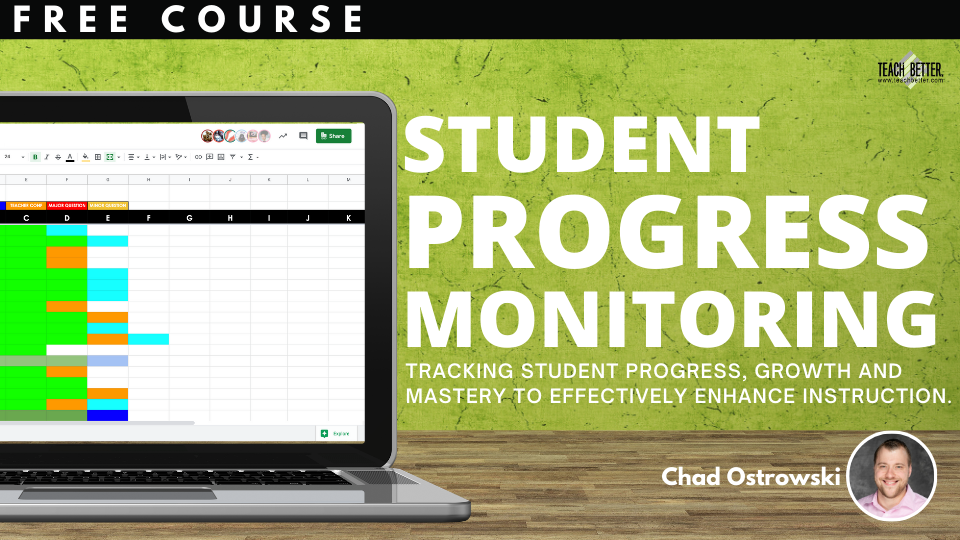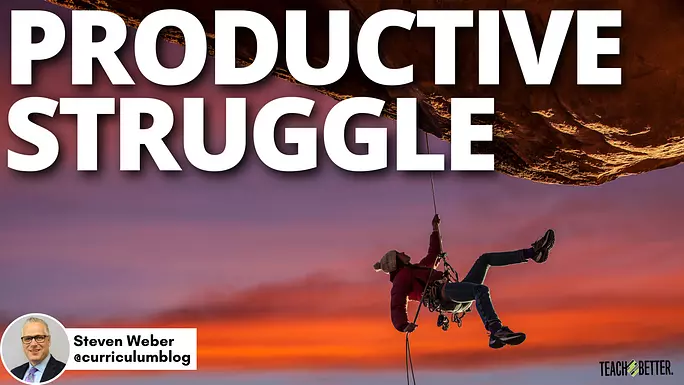TL;DR:
- What does a healthy or productive struggle look like in a classroom?
- Design classroom instruction with the end in mind and support students through a struggle.
- The opportunity to struggle through something offers so many benefits to kids!
Student understanding requires productive struggle. Do students enter a risk-free classroom or do they engage in productive struggle on a regular basis? Some teachers are reluctant to assign challenging work. Educators swoop in to support learners and often give them assignments that are far below grade level expectations. What does a productive struggle look like? In classrooms, “allowing productive struggle to occur consumes more class time. But retention is undermined when learning is frictionless. Purposeful struggle today means less re-teaching tomorrow” (Finley, 2014).
Too often, U.S. classrooms provide a safe zone where failure is not an option. Students are often spoon-fed the correct answer, rather than asking students to create, collaborate, think critically, analyze, write, and explore. Click To TweetSafe Zones
Too often, U.S. classrooms provide a safe zone where failure is not an option. Students are often spoon-fed the correct answer, rather than asking students to create, collaborate, think critically, analyze, write, and explore. “In a productive struggle, students grapple with the issues and are able to come up with a solution themselves, developing persistence and resilience in pursuing and attaining the learning goal or understanding” (Allen, 2012, A Conversation with Author and Educator Robyn Jackson). Classroom assignments should be designed with the end in mind.
Benefits of a Productive Struggle
- Deeper Understanding
- Perseverance
- Self-Confidence
- Critical Thinking
- Collaboration
- Problem Solving
- Growth Mindset
- Conceptual Understanding
- Appreciation for Multiple Perspectives
- Independence

4 Questions For Teacher Teams
- What does productive struggle look like in my classroom?
- Can you recall a time when you provided too much support and the student(s) would have benefited from a productive struggle?
- What types of scaffolding or scaffolding strategies do you use with students?
- How can we support students as they persevere through the task?
About Steven Weber
Dr. Steven Weber is the Associate Superintendent for Teaching and Learning with Fayetteville Public Schools (AR). His areas of research include curriculum design, formative assessment, professional learning, and school leadership.



